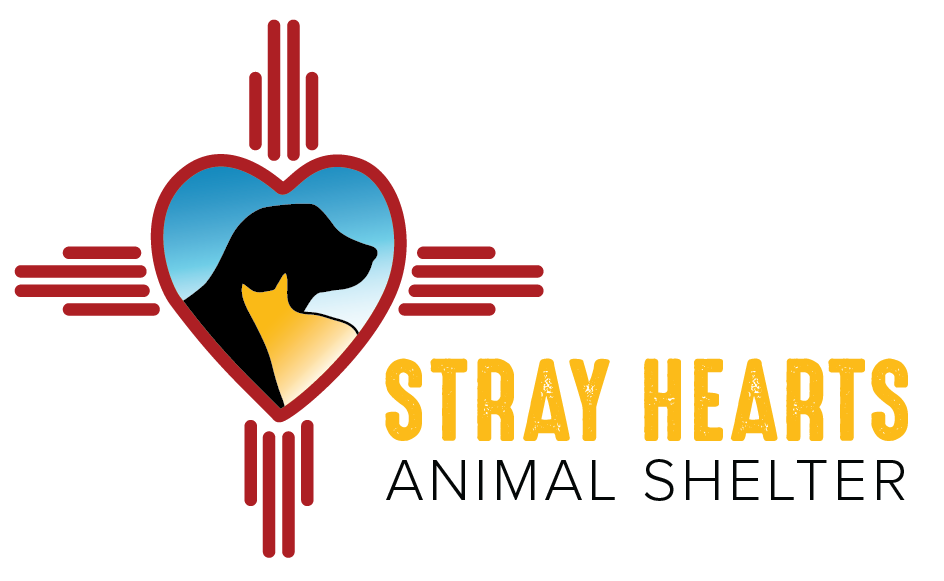We must continue to change the culture of Animal Care in Taos County
As originally printed in Taos News - August 24, 2023.
Submitted by Jason Knowles, Director of Development, Stray Hearts Animal Shelter
We want to thank the sheriff for the new county emphasis on animal welfare. This will begin to change the culture of animal care within Taos County. Animal care advocates have long understood that humane societies are not dog pounds, nor long-term storage facilities for feral animals. Stray Hearts struggled for a very long time to achieve this goal with the County — with no resolution.
In response to last week's article in the Taos News about Taos County Animal Control, we must comment on several issues raised by Sheriff Miera regarding animal welfare:
Animal shelters are transitional homes for injured, lost and abandoned pets; we are committed to humane veterinary care and eventual adoption. One outcome is to work with county citizens to understand the ideal of limiting animal populations through spay/neuter and quality home care for our pets.
Stray Hearts declined to renew its contract with the County after 10 years of increasing intakes annually, as well as increased costs of care — and with no annual increases in funding from the County (we had received the same annual amount since 2013).
In 2022 alone, Stray Hearts received 602 animals from Taos County ACOs. The average cost for the first five days of an animal intake is $400. (That includes medical/emergency care, vaccinations, spay/neuter, microchipping, staff time, cleanup etc.) At 602 animals, that would be 602 times $400 = $240,800.
Just for the first five days.
Stray Hearts received $144,000 annually from the County contract (with no maximum animal intake number specified in the contract). In other words, the County could drop off at Stray Hearts any and all animals that were picked up.
So just for the first five days of intake for those 602 animals, we would already be at $240,800 in expense against the $144,000 revenue we received from the County ~ or in other words a DEFICIT of -$96,800.
Then there is the ongoing cost of care while the animal is at the shelter: roughly $30-$38 per day per animal. So assuming those 602 animals from the County only stay at Stray Hearts for 10 days (and we know many stay for much, much longer), that’s 10 days x $30 a day x 602 animals, or another $180,000 for the year. That puts us at a deeper deficit of -$276,800.
And that deficit hole only deepens the longer the animal needs sheltering.
The decision to not renew with the county was a very painful and reluctant one, but it was made after much deliberation — because the operational model was unsustainable.
With 60 % of our intakes being from the County, matched to 11 % of our income being from the County, the financial capacity of our aging shelter became unsustainable. Stray Hearts has long-urged that, "the County's mission now includes less collecting of stray animals and more facilitating mobile spay and neuter services..."
The sheriff’s shot across the bow about "legal, moral, ethical, transparent” accountability was disingenuous and it lacked a true accounting of what actually has transpired between the two organizations.
Stray Hearts tried for many months to engage county leaders and the county commission in a dialogue that would have clarified positions and allowed both sides of the dispute to make informed and professional decisions about whether to proceed.
During the previous fiscal year, prior to the release of any RFP, opportunities for dialogue were few and eventually disappeared completely.
The sheriff's statement that he "chose to terminate" the Stray Hearts contract is untrue. Due to the impasse in mutually achievable goals and objectives, the agency found no alternative left but not to apply. This is documented in the county RFP process.
Realigning the County mission to become proactive rather than perpetuating a dog pound may finally bring to the fore an open discussion with the community about education and sheltering Taos’ animal overpopulation issues. If this means reallocating funds for the future to accomplish a mission of animal welfare, Stray Hearts would certainly support that.
Emergency sheltering may be the way to go, for now. Community sheltering is another.
However, until County government addresses the root cause of animal overpopulation, housing and neglect — and also becomes open to collective dialogue — these problems will continue to grow and frustrate the proactive individuals who care most for animal welfare in Taos County, New Mexico and beyond.
Jason Knowles
Director of Development
Stray Hearts Animal Shelter
If you have questions or comments about this statement, please email us at: jason@strayhearts.org

